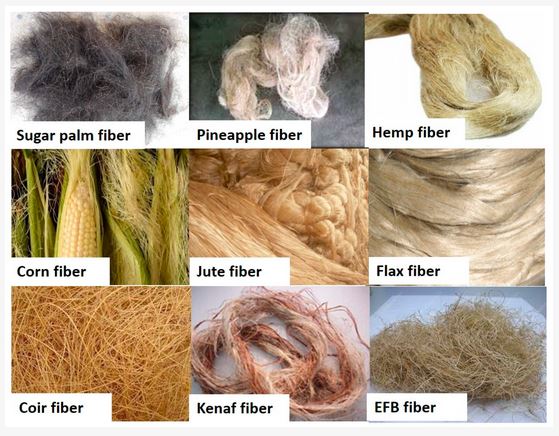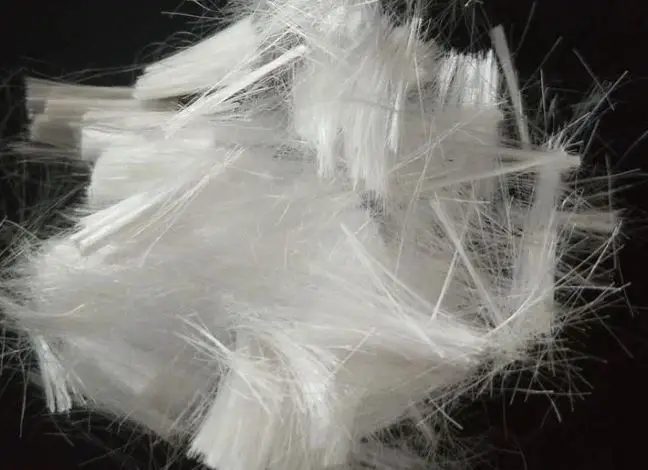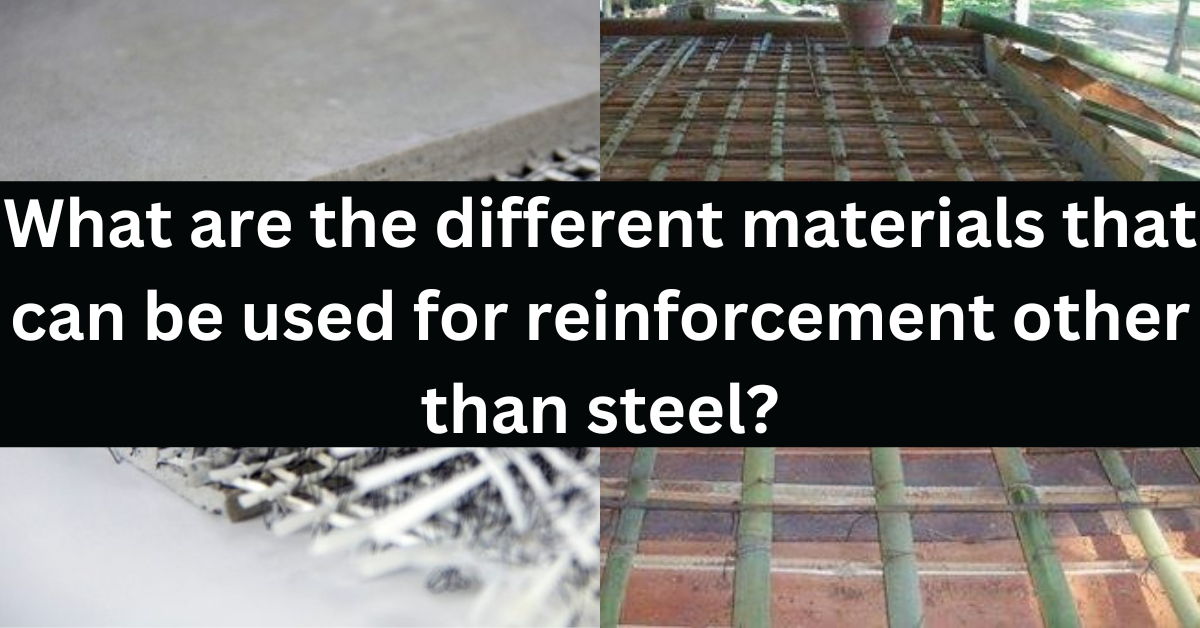Let’s talk about “What are the different materials that can be used for reinforcement other than steel?”. In addition to steel, there are several other materials that can be used for reinforcement in concrete structures, including:
- Fiber reinforced polymers (FRP): FRP is a composite material made of polymer matrix reinforced with fibers such as carbon, glass, or aramid. It has high strength-to-weight ratio and excellent corrosion resistance, making it a good option for reinforcement in harsh environments such as marine or chemical environments.
- Basalt Fiber: Basalt fiber is made from volcanic rock and it has similar properties as glass fiber, but it is stronger and more durable. It is used to provide reinforcement in various applications including, bridges, buildings, and other structures.

- Bamboo: Bamboo is a natural resource that has been used as reinforcement in concrete. It is a sustainable, renewable and eco-friendly option to use as reinforcement. It has good compressive strength and is relatively lightweight.

- Natural fibers: Natural fibers such as jute, coir, flax, and sisal are also used as reinforcement in concrete. They are eco-friendly, renewable, and sustainable. They have good tensile strength and are relatively lightweight.

- Synthetic fibers: Synthetic fibers such as polypropylene, nylon, and polyethylene are also used as reinforcement in concrete. They have good tensile strength and are relatively lightweight. They are also resistant to corrosion and UV light.

The choice of reinforcement material will depend on the specific requirements of the project and the structural design. Steel is the most commonly used reinforcement material due to its strength, availability, and relatively low cost. However, the use of alternative materials such as FRP, Basalt Fiber, Bamboo, Natural fibers and Synthetic fibers have been increasing in recent years due to their unique properties, such as corrosion resistance and light weight.
Table of Contents
What are the advantages and disadvantages of using other materials as reinforcements rather than steel?
Using other materials as reinforcements in concrete structures, such as Fiber reinforced polymers (FRP), Basalt Fiber, Bamboo, Natural fibers, and Synthetic fibers, can have both advantages and disadvantages when compared to steel.
Advantages:
- High strength-to-weight ratio: Many of these materials, such as FRP and Basalt Fiber, have a high strength-to-weight ratio, which means they can provide the same strength as steel with less weight. This can be beneficial in structures such as bridges and tall buildings where weight is a critical factor.
- Corrosion resistance: Many of these materials, such as FRP and synthetic fibers, have excellent corrosion resistance, which can make them a good option for reinforcement in harsh environments such as marine or chemical environments.
- Eco-friendly and sustainable: Some of these materials, such as Bamboo and Natural fibers, are eco-friendly and sustainable options as they are renewable resources.
Disadvantages:
- Cost: Some of these materials, such as FRP, Basalt Fiber and synthetic fibers, can be more expensive than steel, which can make them less cost-effective for some projects.
- Availability: Some of these materials may not be as widely available as steel, which can make it more difficult to find suppliers and manufacturers.
- Installation: Installation of some of these materials, such as FRP, may require specialized equipment and trained personnel, which can make the process more complicated and time-consuming than steel.
The choice of reinforcement material will depend on the specific requirements of the project and the structural design. While steel is still the most commonly used reinforcement material, the use of alternative materials such as FRP, Basalt Fiber, Bamboo, Natural fibers, and Synthetic fibers have been increasing in recent years due to their unique properties. It is important to consider the advantages and disadvantages of each material and how they align with the project’s specific requirements when making a decision.











